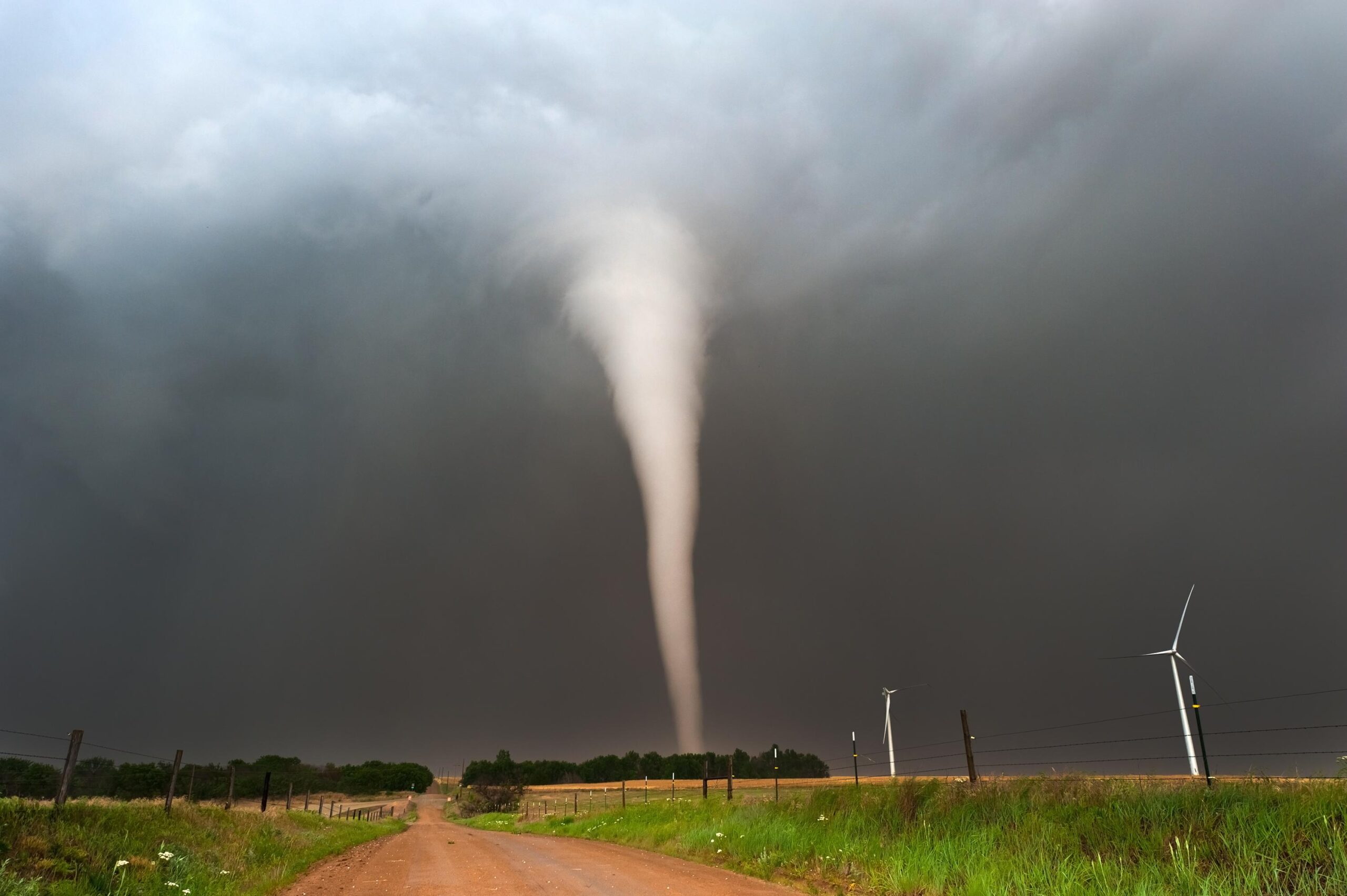California Tornado
On March 2, 2024, a tornado caused damage in California’s San Joaquin Valley, specifically in Madera County. The National Weather Service confirmed the tornado, which was spotted on video. The tornado was part of a blizzard-producing storm system that swept through the area
here are no reports of injuries or fatalities from the tornado that occurred in California’s Madera County on March 2, 2024. The tornado caused damage in the area but fortunately did not result in any injuries or loss of life.
What was the intensity of the tornado in madera county?
The tornado that touched down in Madera County, California, reached its peak intensity around 3:45 p.m. above Madera Acres, which is a relatively unpopulated area. The National Weather Service confirmed the tornado and conducted a storm survey to assess the intensity and impact of the tornado. As of the available information, there were no reports of injuries or fatalities resulting from this tornado in Madera County
What was the duration of the tornado in madera county?
The tornado in Madera County, California, lasted for approximately one hour. The National Weather Service issued a Tornado Warning for Madera, Mariposa, and Merced counties, which expired around 4:45 p.m. on the day the tornado touched down.
What is tornado?
A tornado is a violently rotating column of air that extends from a thunderstorm to the ground, usually attached to the base of a thunderstorm. Tornadoes are nature’s most violent storms, capable of causing fatalities and devastating neighborhoods in seconds. These rotating columns of air can reach wind speeds of up to 300 miles per hour, with damage paths exceeding one mile wide and 50 miles long. Tornadoes can develop extremely rapidly and dissipate just as quickly, often lasting on the ground for less than 15 minutes. They are typically associated with powerful thunderstorms and can be detected through radar systems and visual cues such as funnel clouds and debris clouds. Tornadoes are rated in strength using the Enhanced Fujita Scale (EF-Scale), which assesses the damage caused by the tornado to estimate its wind speeds.
What causes tornadoes?
The most destructive tornadoes typically occur from supercells, which are rotating thunderstorms with a well-defined radar circulation called a mesocyclone. Tornado formation is believed to be mainly dictated by processes that occur on the storm scale, particularly in and around the mesocyclone. Recent theories suggest that tornado development is related to temperature differences across the edge of downdraft air wrapping around the mesocyclone. While tornadoes are often associated with visible funnel clouds made up of water droplets, dust, and debris, they can also form without a fully condensed funnel. Tornado strength is rated using the Enhanced Fujita Scale (EF-Scale), which assesses the damage caused by the tornado to estimate its wind speed.





